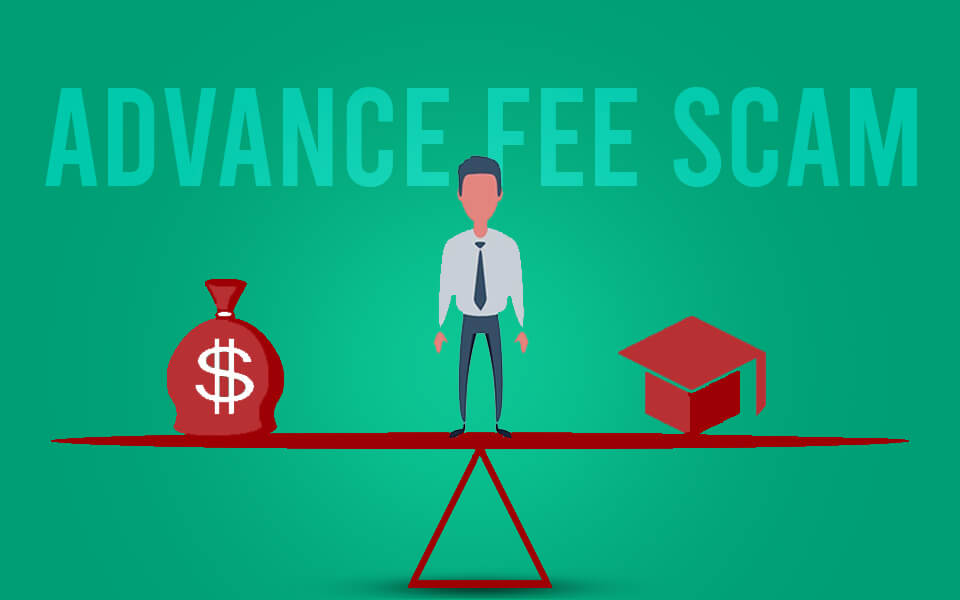
How a cryptocurrency hedge fund failed, taking several investors down with it Many cryptocurrency investors became trapped in a downward spiral when Three Arrows Capital (3AC) filed for bankruptcy.
The hedge fund did not comply with margin requests made by its lenders.
As of March, Three Arrows Capital was one of the world’s most well-known cryptocurrency hedge funds, handling around $10 billion in assets.
The company, also known as 3AC, is now on its way to bankruptcy court after the collapse in cryptocurrency prices and a particularly hazardous trading approach combined to wipe out all of its assets and render it unable to pay back loans.
Pain may only be starting to spread in a chain. 3AC had many counterparties, or businesses, that invested money in the firm’s potential to remain afloat. Investors with concentrated bets on companies like 3AC suffered from the crypto market’s decline of more than $1 trillion since April, which was driven by the decline in bitcoin and ethereum.
According to reports, loans to 3AC will cost cryptocurrency exchange Blockchain.com $270 million. After 3AC could not pay back the nearly $670 million it had borrowed from the company, Voyager Digital, a digital asset brokerage, filed for Chapter 11 bankruptcy protection. In addition, genesis and BlockFi, two U.S.-based crypto lenders, BitMEX, a platform for trading crypto derivatives, and FTX, a cryptocurrency exchange, are also suffering losses.
Everyone is withdrawing liquidity from cryptocurrency lenders. Further our specialists have established that, “Credit is being destroyed and withdrawn, underwriting criteria are tightening, and solvency is being tested.”
The Three Arrows plan entailed taking out loans from various sources in the market and investing the money in additional, frequently fledgling crypto companies. However, the company had been operational for ten years, enabling founders Zhu Su and Kyle Davies to establish credibility in a field dominated by newcomers. In addition, Zhu co-hosted a well-known podcast on cryptocurrencies.
According to court records, Zhu and Davies have not yet started collaborating with 3AC’s creditors “in any significant fashion,” according to attorneys for 3AC’s creditors. Moreover, according to the statement, the liquidation procedure has not yet begun; thus, no money is available to repay the company’s lenders.
When contacted for comment, Zhu and Davies were unavailable right away.
Tracing the dominoes that are falling
One of the most well-liked U.S. dollar-pegged stablecoin initiatives, terraUSD (UST), which was the cause of Three Arrows Capital’s demise, collapsed in May.
Despite the assurance that it would maintain its value despite market turbulence, UST’s stability depended on a complicated collection of code and relatively little money to support the arrangement. On an additional lending platform called Anchor, investors were offered a 20 percent annual interest on their UST holdings, which many analysts deemed unsustainable.
A renowned crypto analyst, stated that “the risk asset correction together with lower liquidity have exposed projects that promised high unsustainable APRs, leading to their demise, such as UST.”
$60 billion was lost by investors due to panic selling following the collapse of UST and its sibling token luna.
Experts claim that “The terra USD and luna crash is ground zero”. In a “long, nightmare-like chain of leverage and deception,” the financial crisis was the first domino to fall.
Luna received a $200 million investment from 3AC. According to other industry reports, the fund’s exposure was about $560 million. Whatever the loss, the stablecoin initiative’s failure effectively destroyed that investment’s value.
The collapse of UST, a result of a broader retreat from risk, shook industry confidence and hastened the decline of cryptocurrencies.
In a barrage of margin calls, the lenders of 3AC requested payback, but there was no money available. The failure of many of the firm’s counterparties to meet investor demands, especially those of ordinary holders who had been promised yearly returns of 20%, led to a general decline in the market.
Experts state that in addition to not hedging anything, they also wasted billions of dollars belonging to creditors.
Blockchain.com In a letter to shareholders this week, CEO Peter Smith noted that CoinDesk has seen that his company’s exchange “remains liquid, solvent, and our clients will not be impacted.” Of course, investors are accustomed to hearing that because Voyager stated the same viewpoint just days before filing for bankruptcy.
According to our study, the cascade affects every market participant with considerable exposure to depreciating assets and a liquidity shortage. In addition, retail investors are unsure of what, if anything, they will wind up holding because cryptocurrency has so few consumer protections.
Voyager Digital customers recently received an email informing them that it would take some time before they could access the cryptocurrency stored in their accounts.
Customers with cryptocurrency in their accounts might receive a sort of grab bag of items if the company files for bankruptcy.
A mix of their cryptocurrency holdings, common shares in the reformed Voyager, Voyager tokens, and any money they are able to get from 3AC could be included in this. However, investors in Voyager stated that they don’t have many reasons to be upbeat.


